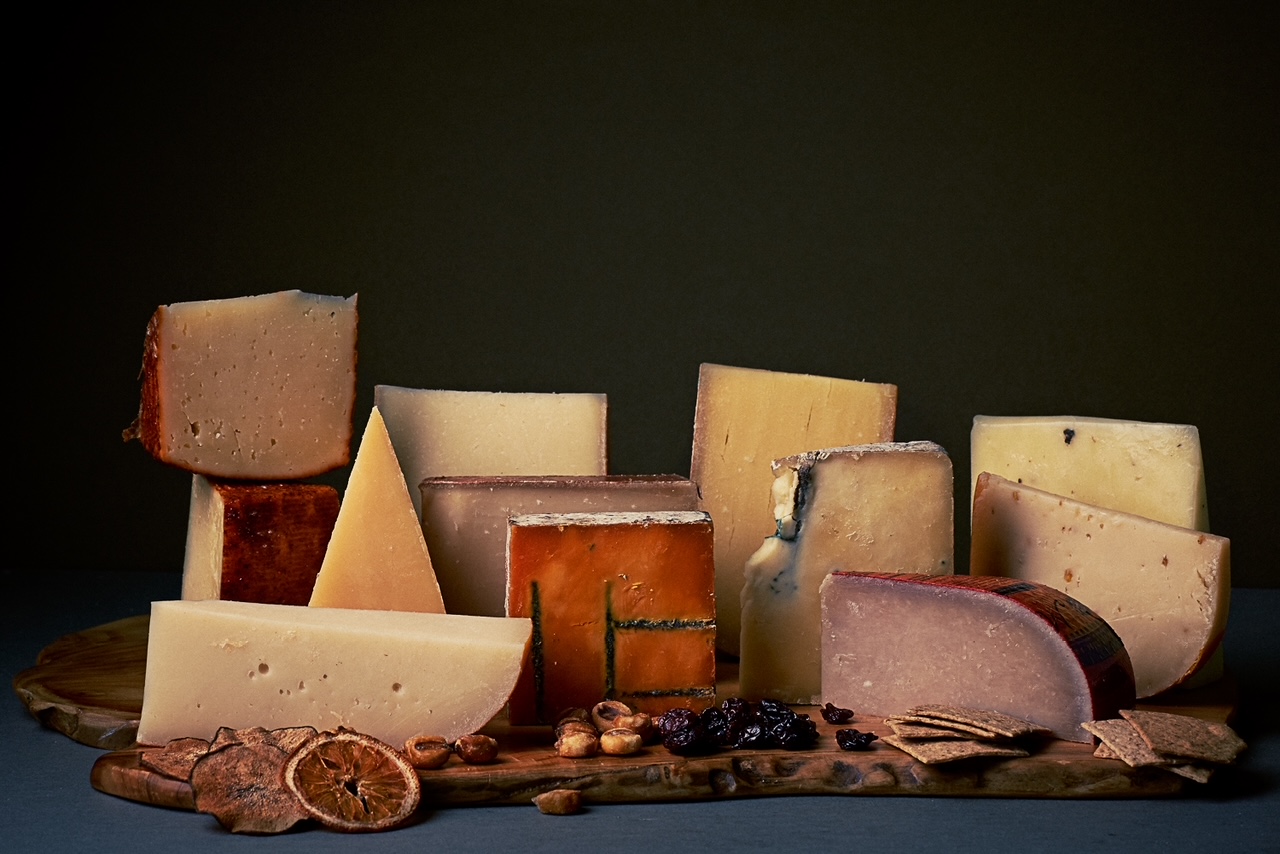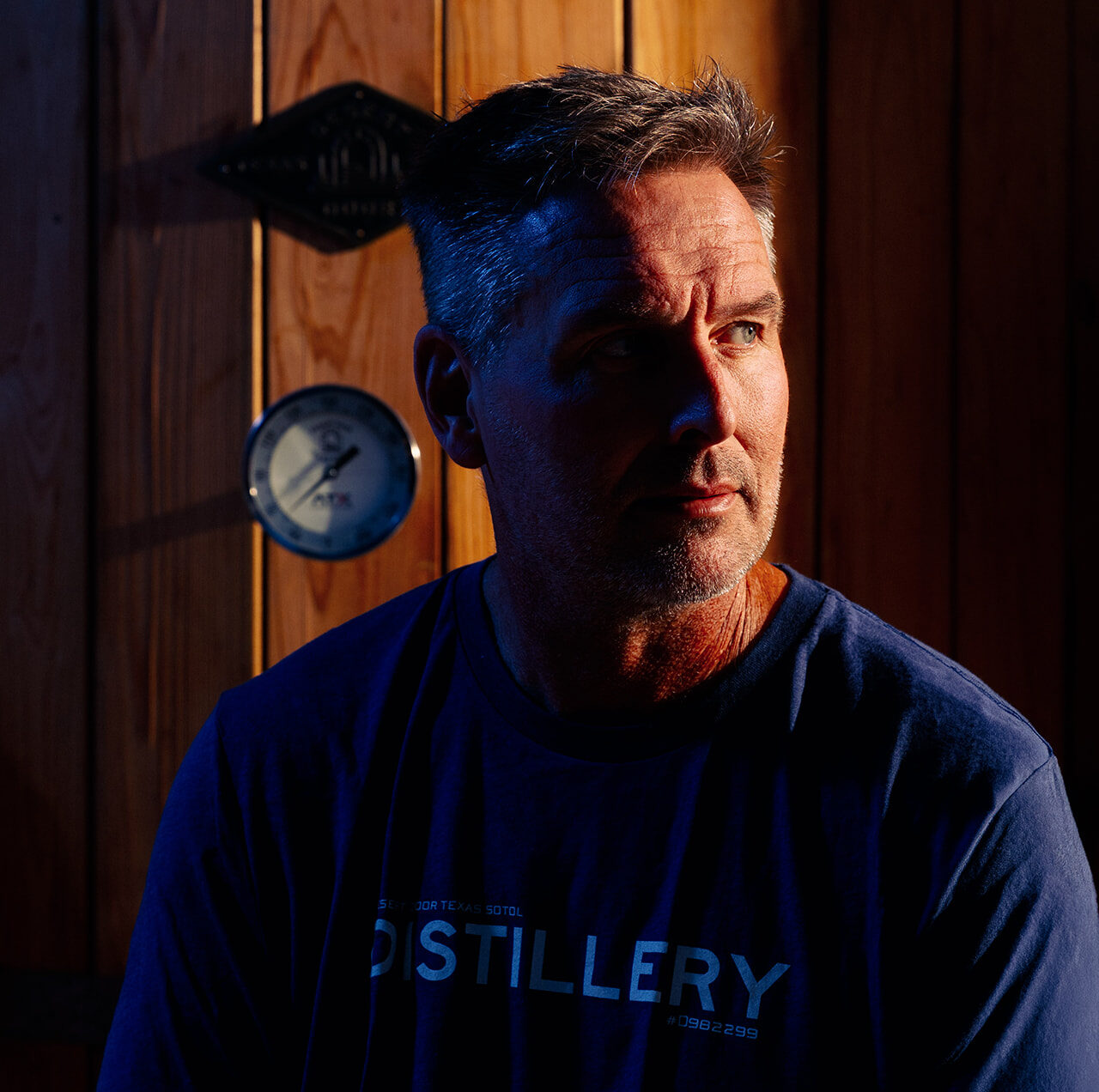
Tsuki (pronounced “soo-kee”) means moon in Japanese, and as Jillian Watanabe began searching for a name for her new company, her wife suggested it. With the overtones of female strength echoed in this Japanese word, it felt perfectly aligned for her new sake brewery Tsuki Sake, the first of its kind in Salt Lake City, Utah.
The Tsuki Sake journey began in 2015, when Watanabe followed her curiosity and took a Sake Advisor course. That entry level class set her on the path to become a certified sake sommelier. “I was fascinated by how it was brewed like beer because I thought it was more like wine, but then the multiple parallel fermentation process is completely unique from any other beverage,” she said.

Photo by Jill Watanabe
Within the process of learning about the terroir, different rice grains, yeasts and serving temperatures, a desire to brew sake emerged. Watanabe began gathering homebrew supplies and decided to take on a sake brewing internship in Japan at the beginning of 2020. The pandemic shut the borders, canceling her in-person instruction, but Watanabe was left with time on her hands to virtually tour sake breweries and connect with both the Japanese and American sake industry. As she learned more, she reached out to her now-business partners, Kirk Terashima and Ty Eldrige, and the brewery began.
Tsuki sake is Utah based company (though the brewery is located in Denver), a state known for its strict liquor laws and salty water. However, the liquor industry thrives there, and not all of the water is salty. “I was interested in the terroir of the water of Utah because water is 80% of the finished sake,” explained Watanabe. “Utah has hard water, which classically produces a dry sake. But now, with the research that we have with the components of the water, we can add the minerality that we want or take it away. We’re in more control.”
Watanabe’s favorite sake is Tsuki Sake’s flagship Super Moon Junmai Daiginjo. “That’s our inspiration,” she said. “That’s the whole reason why we’re doing this. We wanted to represent the American markets with an ultra premium, low and slow cold fermentation.”

Photo by Jill Watanabe
But that doesn’t mean that’s all they make. Flavored sakes appear as the fruit becomes available, and the next one, Prickly Pear, personifies the Utah desert with its spiky sweetness.
As for what you can drink it with, Watanabe recommends hamachi belly nigiri and Junmai Daiginjo. “It has to be dry, not too fruity or floral,” she said. “If you drink it cold, and you have it with a bowl of tonkatsu ramen with a really rich, creamy pork broth, it helps cleanse your palate. It’s almost like with a white wine cream sauce, how Pinot Grigio compliments the flavor and then cleanses your palate in between bites. And I really love a Nigori sake with sticky mango rice!”
NEXT ON THE DISH








